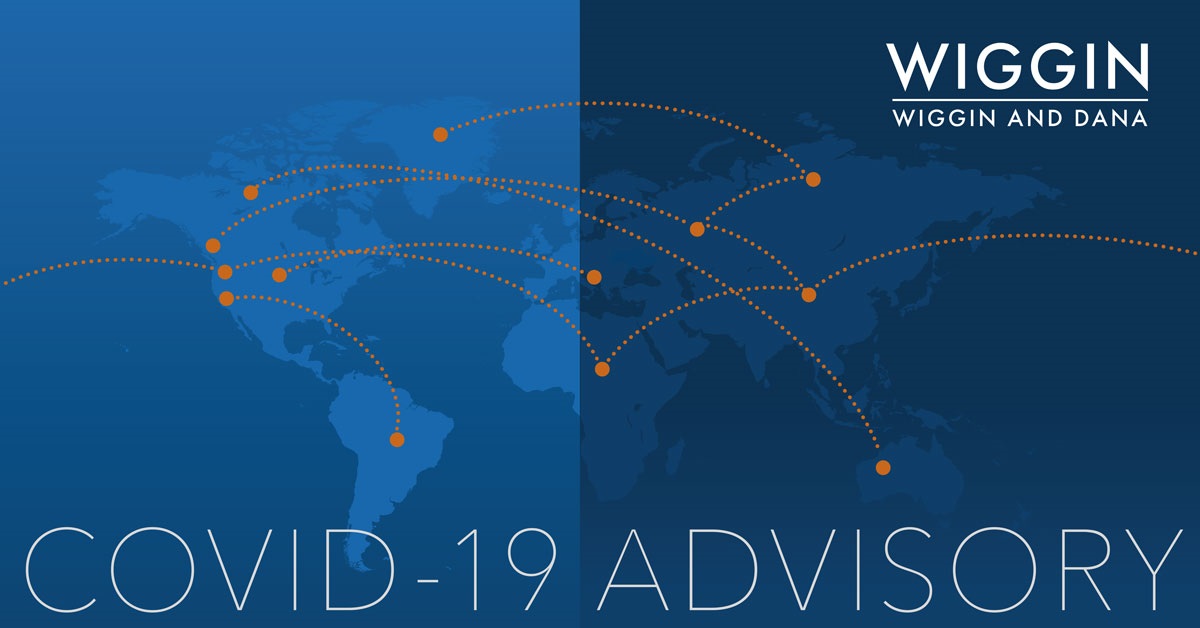COVID-19 Client Resources and Updates

A Reminder on the [Narrow] Pathway to Potential PPP Eligibility for PE- or Venture-backed Applicants
Private equity- and venture capital- backed businesses who are sorting through Paycheck Protection Plan eligibility requirements should be sure to check if any of their lenders or investors is a Small Business Investment Company (an “SBIC”). Companies who have received debt or equity capital from an SBIC may be able to ignore the troublesome Small Business Administration (“SBA”) affiliation rules for purposes of determining their PPP eligibility.
On March 27, 2020, President Trump signed into law the Coronavirus Aid, Relief, and Economic Security Act of 2020 (the “Cares Act”). The featured program under the CARES Act is the Paycheck Protection Program (the “PPP”), a $349 billion loan guarantee program for financial institutions to make forgivable loans up to $10,000,000 to small business concerns, business concerns with less than 500 employees, and certain other eligible enterprises. The CARES Act also created a $10 billion grant program under the previously-created $3.5 billion Economic Injury Disaster Relief loan program (the “EIDL”) operated directly by the SBA.
As of April 17, 2020, both the PPP and EIDL had exhausted their initial appropriations, although the United States Congress seems poised to nearly double the PPP appropriation ($310 billion more) and greatly expand both the EIDL ($50 billion more) and the EIDL grant program ($10 billion more).
Even with the expanded eligibility under the PPP and EIDL, both of these programs seemed out of reach for many private equity- and venture capital-backed businesses because of the Small Business Administration’s affiliation rules. These rules will aggregate the employees and revenues of affiliated business with those of the loan applicant for testing PPP and EIDL eligibility. While affiliation is a multi-faceted analysis, typically the ownership percentages and corporate governance rights granted to these institutional investors by their portfolio companies and significant investments could create “control” of the loan applicant (and therefore “affiliation” under the SBA rules). Even if the loan applicant, on a stand-alone basis, was below the 500 employee threshold of the PPP or EIDL or otherwise under the “small business concern” threshold for its industry, lumping it together with all other affiliated portfolio companies or control investments of the affiliated investor would drive the loan applicant above the threshold and make the loan applicant ineligible for the PPP.
However, as it relates to the PPP, there is one place where some hope has been found for some private equity- and venture capital-backed applicants. The CARES Act and related guidance specifically waives the affiliation rules in certain circumstances. One of these circumstances is where the loan applicant is “any business concern that receives financial assistance from a company licensed under section 301 of the Small Business Investment Act of 1958 (15 U.S.C. 681)”. “Financial assistance” in this case refers to either debt or equity capital received from a Small Business Investment Company (an “SBIC”). This means that, if the loan applicant has a current, outstanding loan (or piece of a syndicated loan) or a current, outstanding debt or equity investment from an SBIC, it can likely ignore the affiliation rules and test its PPP eligibility on a stand-alone basis.
Investors who may have control investments in PPP applicants that are causing PPP eligibility problems should discuss with the loan applicant whether any of their current lenders or other investors is an SBIC. If so, it may pave the way to being PPP eligible if the loan applicant otherwise passes the PPP eligibility tests on its own. However, the loan applicant must still be otherwise eligible for the PPP and be able to meet the other criteria and make the applicable certifications.
****
Visit Wiggin and Dana’s COVID-19 Resource Center here for additional publications and helpful links on multi-disciplinary topics that are relevant during the current COVID-19 global pandemic.
